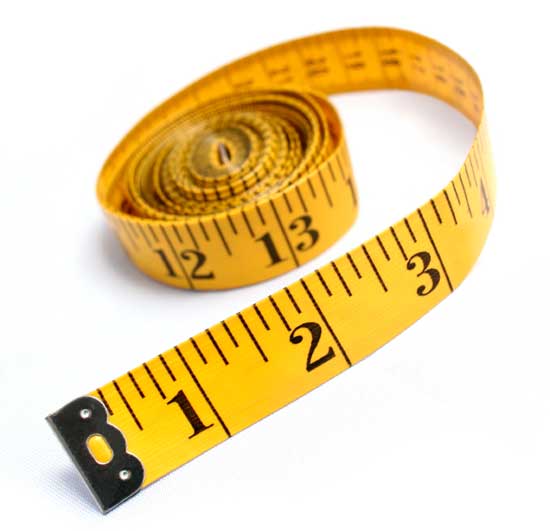Pre-K-2

Measurement
Measure using standard and and nonstandard units. Also, help children to select the appropriate tool for the attribute being measured.
This site includes some fun classroom game ideas...www.proteacher.org. Look under the measurment link.
Measure with multiple copies of units of the same size, such as paper clips laid end to end.
Use repetition of a single unit to measure something larger than the unit, for instance, measuring the length of a room with a single meter stick. Allowing children to use the appropriate tool to measure specific items.
Attributes of lenghth, volume, weight, area, and time.
Develop common referents for measures to make comparisons and estimates.
Refer to CH. 10 in Mathematics for Elementary Teachers activity book.
Subtopic
www.proteacher.org includes activites for elapsed time volume.

Numbers & Operations
Count with understanding and recognize "how many" in sets of objects.
Count the cookies, candies, apples ect.
Use multiple models to develop initial understandings of place value and the base-ten number system.
Mathematics for Elementary Teachers activity book CH. 3
Develop a sense of whole numbers and represent and use them in flexible ways, including relating, composing, and decomposing numbers.
PBS teachers has many different math ideas at pbs.org
Represent commonly used fractions, such as 1/4, 1/3, and 1/2.
Mathematics for Elementary Teachers activity book CH. 5
Various meanings of addition and subtraction of whole numbers and the relationship between the two operations.
Use a variety of tools to compute, including objects, mental computation, estimation, paper and pencil, and calculators.
Situations that entail multiplication and division, such as equal groupings of objects and sharing equally.
skipcount song...proteacher.com

Data Analysis & Probability
Formulate questions that can be addressed with data and collect, organize, and display relevant data to answer them as should...
Pose questions and gather data about themselves and surroundings.
Sort and classify objects according to their attributes and organize data about thier objects.
Attribute Grid Game. Pg 30 in Mathematics for Elementary Teachers activity book.
Activity set 2.1 in Mathematics for Elementary Teachers activity book.
Represent data using concrete objects, pictures, and graphs.
Select and use appropriate statistical methods to analyze data.
Describe parts of the data and the set of data as a whole to determine what the data show.
Develop and evaluate inferences and predictions that are based on data.
Discuss events related to student's experiences as likely or unlikely.

Algebra
Patterns, relations and functions
Sort, classify, and order objects by size number and other properties.
CH. 2 in Mathematics for Elementary Teachers.
Activity Set 2.1
Recognize, describe, and extend patterns such as sequences of sounds, and shapes or simple numeric patterns and traslate from one represntation to another.
Activity Sets 1.1 & 1.2 in Mathematics for Elementary Teachers.
Represent and analyze mathematical situations and structures using algebraic symbols
Fun algebra games for the classroom...www.algebra4children.com
Illistruate general principles of properties of operations, such as communtativity, using specific numbers.
Use mathematical models to represent and understand quantitive relationships.
Model situations that involve addition and subtraction of whole numbers, using objects, pictures, and symbols.
Analyze change in various contexts.
Describe qualitative change, such as a student's growing taller.

Geomerty
Analyze characteristics and properties of two and three dimensional geometric shapes and develop mathematical arguments about geometrical relationships.
Name, build, draw, compare and sort two and three dimensional shapes.
Geometry Wars
Describe attributes and parts of two and three dimensional shapes.
Specify locations and describe spatial relationships using coordinate geometry and other representational systems.
Describe, name, and interpret directionand distance in navigating space and apply ideas about direction and distance.
Find and name locations with simple relationships such as "near to" and in coordinate systems such as maps.
Apply transformations and use symmetry to analyze mathematical situations.
Recognize and apply slides, flips, and turns.
Create shapes that have symmetry.
Use visulization, spatial reasoning, and geometric modeling to solve problems.
Create mental images of geometric shapes using spatial memory and visualization.
Recognize and represent shapes from different perspectives.
Relate ideas in geometry to ideas in number and measurement.
